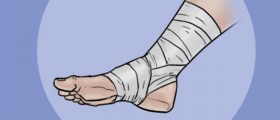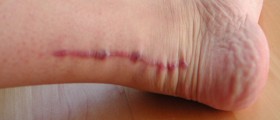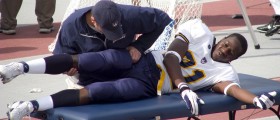
The tendons are the tissue bands that have the role to attach the muscles to the bones. There are many tendons in the human body, but the largest one is called Achilles tendon. Another name for the Achilles tendon is the heel cord since this tendon attaches the calf muscle to the bone of the heel. This tendon enables our walking and assists in the lifting the heel when we walk, for example.
Achilles tendonitis and Achilles tendinopathy
When the Achilles tendon is inflamed or irritated, the condition is called Achilles tendonitis and it is well known in people who are engaged in some kind of sports. If we overuse the tendon, it can swell and cause a lot of pain when we are walking. It is recommended to first heal the Achilles tendonitis before engaging in some strenuous activities or even running, since the inflamed tendon may cause tears within it and become susceptible to the complete rupture, which is a condition known as Achilles tendinopathy. This Achilles tendon disorder is referred to as the degeneration of the tissue followed by the loss of the normal fiber structure.
Causes of Achilles heel tendonitis
Achilles heel tendonitis is a condition with many causative factors. When we frequently make the same activities that include this tendon, we make stress and pressure on the tendon, which may become inflamed. Furthermore, if our calf muscles are weak or we overuse the tendon, Achilles tendonitis is very likely to occur. Hyperpronation is a condition which is also considered to be one of the main causes for the occurrence of Achilles tendonitis. It refers to the extreme rolling of the foot, which increases the stress and makes extra strain on the Achilles tendon, thus causing the pain. Achilles heel tendonitis may also be caused by wearing unsuitable and uncomfortable shoes, like high heels in women. It is also observed that the people who practice hill running develop this condition since the tendon is being overstretched in this activity.
Symptoms of Achilles heel tendonitis
Since this condition can be either acute or chronic, the symptoms of it depend on the severity. However, the main warning sign of Achilles heel tendonitis is pain that the person experiences at the back of the heel, since at this point the tendon and the heel bone are joined. If acute tendonitis is not treated at all, it can develop into the chronic type, when the person may experience swelling, redness and stiffness.

















Your thoughts on this
Loading...